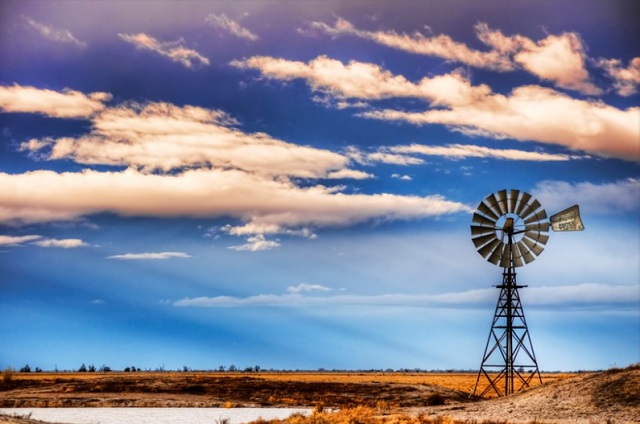
Washington, United States | AFP |
Groundwater resources could be depleted in the next few decades in dry areas of the world where people use lots of water for drinking and irrigating crops, researchers said Thursday.
The research was presented at the fall meeting of the American Geophysical Union in San Francisco.
“While many aquifers remain productive, economically exploitable groundwater is already unattainable or will become so in the near future, especially in intensively irrigated areas in the drier regions of the world,” said researcher Inge de Graaf, a hydrologist at the Colorado School of Mines in Golden, Colorado.
Humans could drink the groundwater almost dry in parts of India, southern Europe and the United States in the coming decades, according to computer models of the world’s groundwater resources.
The research showed that aquifers in the Upper Ganges Basin area of India, southern Spain and Italy could be depleted between 2040 and 2060.
In the United States, in drought-stricken California, aquifers in central and southern parts of the state could be depleted by the 2030s.
Aquifers that Texas, Oklahoma and New Mexico rely on could reach their limits between the 2050s and 2070s.
In the next 34 years, as many as 1.8 billion people worldwide could live in areas where groundwater levels are fully or nearly depleted because of excessive pumping of groundwater for drinking and agriculture, said the findings.
Previous studies have relied on satellite data to estimate groundwater levels.
But the current study, which included researchers at Utrecht University in the Netherlands, aimed to simulate regional activity by studying aquifer structure, water withdrawals, and interactions between groundwater and surrounding water.
Billions of gallons of groundwater are used daily for agriculture and drinking water worldwide.
While the latest study offers a new approach to estimating the limits of global groundwater, scientists remain in the dark about exactly how much groundwater remains in individual aquifers.
“We don’t know how much water there is, how fast we’re depleting aquifers, or how long we can use this resource before devastating effects take place, like drying up of wells or rivers,” de Graaf said.
 The Independent Uganda: You get the Truth we Pay the Price
The Independent Uganda: You get the Truth we Pay the Price



